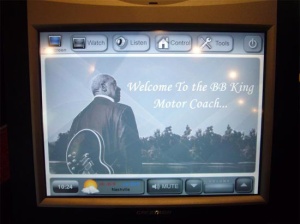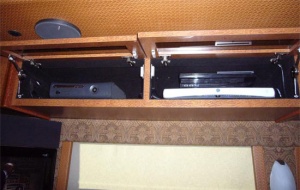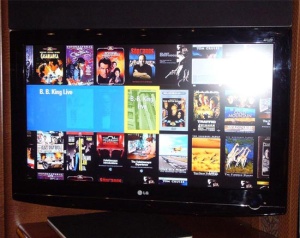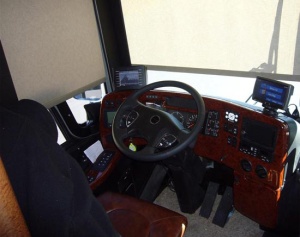As you may know from previous posts, I was invited to attend the #YCombinator #FemaleFounders Event in San Francisco earlier this year. While waiting in line I chatted up another attendee. She asked what I did and this is what I said, “I am the founder of a digital audio visual company. We rent and install equipment in different kinds of venues. I’m in the process of developing an app for aspect ratio, tone generation and voltage conversion.” Her reply, “I have NO idea what you just said.” It was funny but in a not-so-funny way. The audiovisual technology industry is a multibillion dollar industry, and growing every day. It’s a fascinating industry!
So why should you care about #AV? Here are just a few reasons. It is safe to assume that you have been to a football game, baseball game, soccer match or some sporting event that took place at a stadium. Stadiums today are extremely high tech. While at the sporting event, you no doubt noticed the large projection screens from where you can view the games. The sound engineer or videographer often pans the audience and voila! Your face may even show up. These screens are what audiovisual companies or AV integrators design and install. They are called jumbotrons. The Dallas Cowboy Stadium has screens that are 1,200 square-feet above the field. There are 72′ high 160′ long screens on each side and 48′ wide screens on each end. That’s audiovisual! The new Levi Strauss Stadium in Santa Clara California has over 2,000 LCD displays ranging from 40” to 85”. That’s a lot of video. Are you fascinated yet? No? Ok, continue strolling with me.
In 1995, I was staying at the Le Meridien in Barcelona, Spain. While touring the town, I remember these very large banners in almost every store window. The banners were displaying Windows(R) ‘95. I was proud and excited because Microsoft(R) was home grown. Let’s fast forward to the year 2000. It was February 17th and we were preparing to set up for the Microsoft(R) Windows 2000 launch at Bill Graham Civic Auditorium in San Francisco! I remember sitting and grooving to the sounds of Carlos Santana. The event was enhanced with lighting, sound (amplifiers, audio mixers), microphones, and cameras. Imagine if Microsoft(R) disregarded the need for audiovisual equipment. It’s safe to say they would have fallen short of a successful event.
Audiovisual is essential for many reasons. One of the most significant is its existence in healthcare. Doctors can now communicate with staff members and patients via video conferencing. “Telemedicine is one of the most prominent uses of audiovisual, thanks in part to ongoing government funding of videoconferencing gear in rural clinics, but also to the fact that telemedicine spans so many applications.” Tim Kridel, Special to InfoComm International®
Here’s another example of how essential #AV is. While upgrading the audiovisual equipment for our client, the National Parks Conservancy, we were also asked to participate in the upgrade of the Listening Devices on Alcatraz Island. Without these essential devices, thousands of hearing impaired visitors would be unable to enjoy our national parks! Knowing the pleasure and beauty of our national parks, it would be deplorable if a certain segment of our society were left out. Today, our national parks provide services for the hearing impaired, via use of audiovisual equipment.
I can’t very well write an article about AV technology without mentioning the most popular devices that we, as a society, have become dependent upon. Our smart phones and our tablets also interface with AV technology. So, the next time you’re streaming from your iPhone, iPad or iPod or ANY other mobile or portable device, know that the only way to connect your device to your monitor or television is via an AV cable. It’s essential for streaming from all portable devices.
Speaking of #Apple, I can easily recall most of Steve #Jobs presentations. He generated a certain style while presenting and from what I hear today, it’s a style that Tim Cook does not stray from. Neither presented without the use of audiovisual aids. Apple believes in “picture superiority,” which means there are always visual aids. “Apple is dedicated to the concept of picture superiority. Simply put, the brain processes information more effectively when the content is presented in words and pictures, instead of words alone.” Carmino Gallo, Forbes Contributor
Audiovisual is fun and exciting and flexible. It has become an essential part of our everyday lives. If you are interested in learning more, contact us for our Basic AV Training Course.
@kmt_technical




